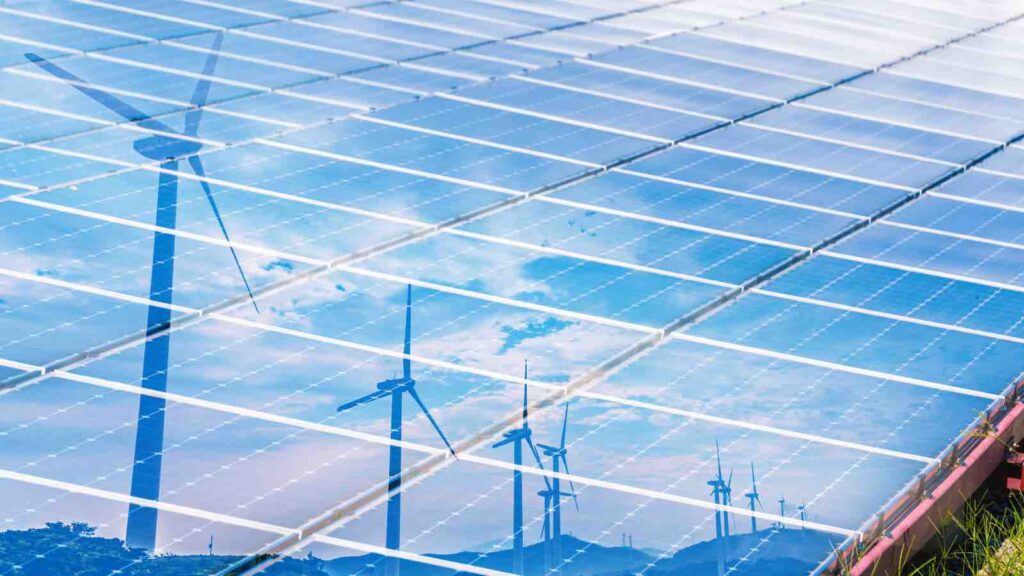Japan has already made significant strides in solar energy adoption. As of last year, Japan’s total outstanding solar capacity reached 87 gigawatts (GW), with about 4 GW of new capacity added in 2023 alone.
In a surprising forecast that challenges long-held assumptions about Japan’s energy future, Jarand Rystad, CEO of Rystad Energy consultancy, has suggested that the world’s third-largest economy could achieve energy independence by 2060 through an aggressive expansion of renewable energy sources.
RELEVANT SUSTAINABLE GOALS



Japan, currently a major importer of coal and liquefied natural gas (LNG), has long been viewed as energy-dependent due to its limited domestic resources. However, Rystad’s vision paints a dramatically different picture, one where Japan’s energy landscape is transformed by solar, wind, and other renewable technologies.
Japan, currently a major importer of coal and liquefied natural gas (LNG), has long been viewed as energy-dependent due to its limited domestic resources. However, Rystad’s vision paints a dramatically different picture, one where Japan’s energy landscape is transformed by solar, wind, and other renewable technologies.
“Japan’s mindset is that we have to import energy because we have no energy ourselves. But with the development in renewable energy technologies, I think that statement doesn’t need to be true,” Rystad told Reuters in a recent interview.
Japan’s Path to Energy Independence
The consultancy’s projections envision a future energy mix for Japan that is heavily tilted towards renewables: 45% solar power, 30% wind generation (primarily from offshore farms), 5% hydropower, 5% biomass and e-fuel, with nuclear power providing the remaining 15%.
This ambitious goal, while striking, is not without precedent. Japan has already made significant strides in solar energy adoption, boasting the world’s third-largest solar capacity behind China and the United States. As of last year, Japan’s total outstanding solar capacity reached 87 gigawatts (GW), with about 4 GW of new capacity added in 2023 alone.
Rystad suggests that achieving energy independence is largely a matter of maintaining past momentum. “All Japan needs is to continue installing as much solar as it did in the years before 2020. From 2014, you installed between 10 and 12 gigawatts on the peak,” he noted.
The energy expert also highlighted innovative approaches to expanding solar capacity, such as agrivoltaics – the combination of agriculture with solar panels – and the installation of solar panels above roads.
However, the path to energy independence is not without challenges. Japan’s current government strategy aims to reduce LNG and coal to less than 40% of the power generation mix by 2030, down from more than 60% now. Yet analysts suggest that Japan’s progress towards this goal has been slower than necessary.
Rystad’s forecast presents a compelling vision of Japan’s energy future, one that could reshape the country’s economic and geopolitical position. If realized, this shift would not only bolster Japan’s energy security but also significantly contribute to global efforts to combat climate change.
As the world grapples with the urgent need to transition away from fossil fuels, Japan’s potential journey from energy dependence to renewable self-sufficiency could serve as a powerful model for other nations. The coming decades will reveal whether this ambitious vision can become reality.
Lead image courtesy of metamorworks from Getty Images Pro (renewable energy conceptual visual. wind power plant and solar power plant)
You may also be interested in :
Philippines’ $165 Billion Renewable Energy Revolution : Navigating The Transition With JETP Funding


